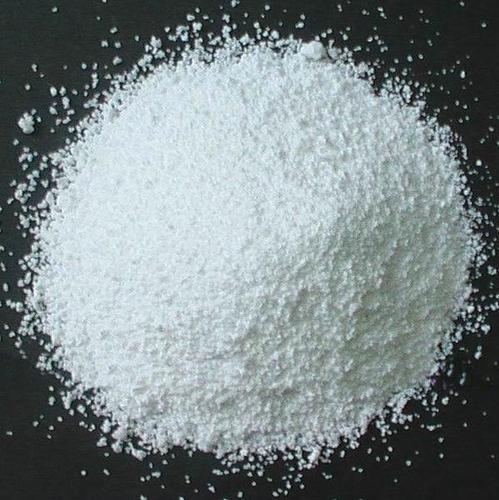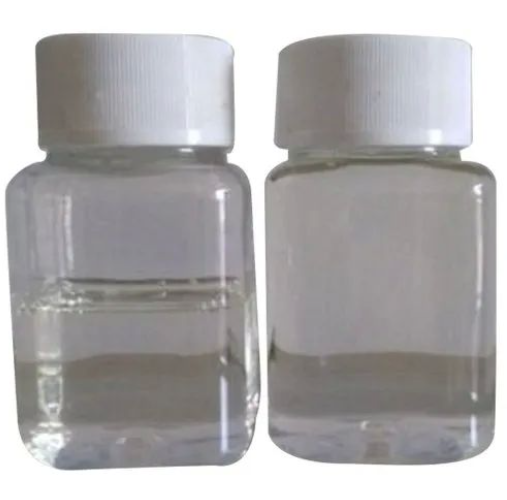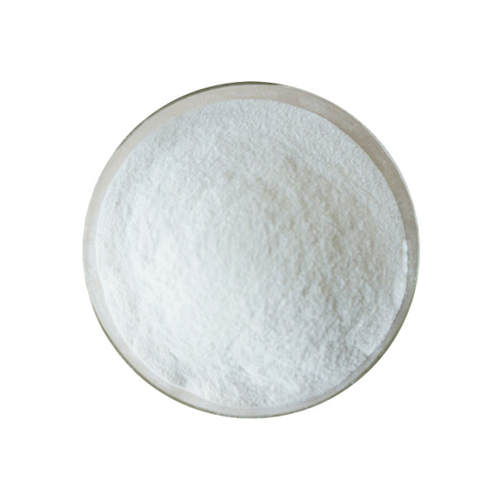Potassium carbonate: a food additive
Description
K2CO3 is an inorganic compound with the chemical name Potassium carbonate. It is also called Carbonate of potash or Dipotassium carbonate or Pearl ash. It is a dipotassium salt of carbonic acid and is widely used in the production of glass and soap. The compound is a hygroscopic, deliquescent white powder. It is odorless and tastes alkaline. It is readily soluble in water but insoluble in ethanol, acetone, and alcohol. It has a pH of 11.6. It is a primary component of potash.
Uses
Potassium carbonate is widely used for the production of glass and soap. It is also used as a mild drying agent. Many wine production processes involve using this compound as a buffering agent. Potassium carbonate is also used as a fire suppressant.
Used in food
One of the uses of potassium carbonate is an additive in producing some foods. Additives are essential compounds for the production of various foods. In fact, without these additives, it is not possible to maintain the products produced without any change in their properties and appearance. In other words, additives are used to increase the shelf life of food and prevent it from spoiling.
Its food grade is mainly used as an acidity regulator, and its common food uses are as follows:
Cocoa: It can be used to manufacture alkalized cocoa to reduce the acidity of natural cocoa beans and darken cocoa powder.
Wine: It can also be a buffering agent to lower acidity during wine production.
Bakery: It was commonly used as a leavening agent to rise bread in baking but was later replaced by sodium bicarbonate due to the bitter aftertaste. However, it can be used as a substitute for sodium bicarbonate in baked goods where low sodium content is desired.
Ramen noodles are the main ingredient in Kansui and are used to improve texture and color.
Marinades: as a buffering agent in marinades for meat.
Milk powder: an acidity regulator in milk and cream powders.
Raisins: These are used as a drying agent for turning grapes into raisins.
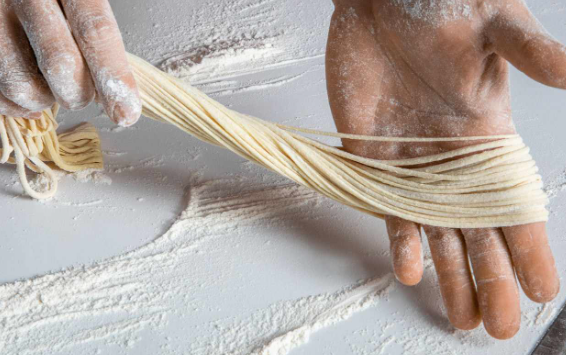
Why ramen noodles can be stretched so long and not break after repeated stretching? It is potassium carbonate, which interacts with protein and, therefore, hardens the texture of ramen noodles, making them elastic and changing their color. It raises the pH of the dough and also helps shorten the cooking time of noodles. Potassium carbonate and sodium carbonate are the two main components in Kansui (lye water) to make noodles. The proportion of the former is higher when used with wheat flour to make thin ramen noodles, which have a high protein content. The latter's percentage is high when used to soften the noodles with low protein content.
Safety
Extensive research into the effects of additives on food products and the nearly 100-year history of using potassium carbonate in food has yielded no results published to prove the risk of this chemical compound for human health. At the Food and Drug Administration, all carbonate salts are on the list of safe substances. So far, no evidence has been provided on the possibility of side effects due to the use of compounds such as potassium carbonate, sodium carbonate, calcium carbonate, sodium bicarbonate, or potassium bicarbonate.
);You may like
Related articles And Qustion
See also
Lastest Price from Potassium carbonate manufacturers
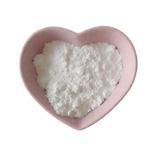
US $1340.00-1330.00/tons2024-04-30
- CAS:
- 584-08-7
- Min. Order:
- 10tons
- Purity:
- 99%
- Supply Ability:
- 100tons
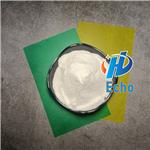
US $10.00/kg2024-04-27
- CAS:
- 584-08-7
- Min. Order:
- 1kg
- Purity:
- 99.7%
- Supply Ability:
- 200000kg


